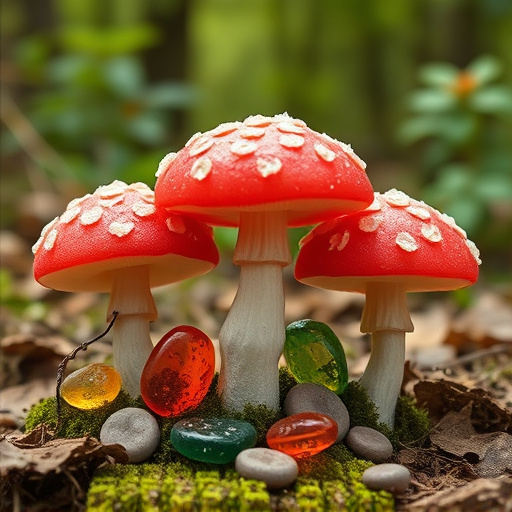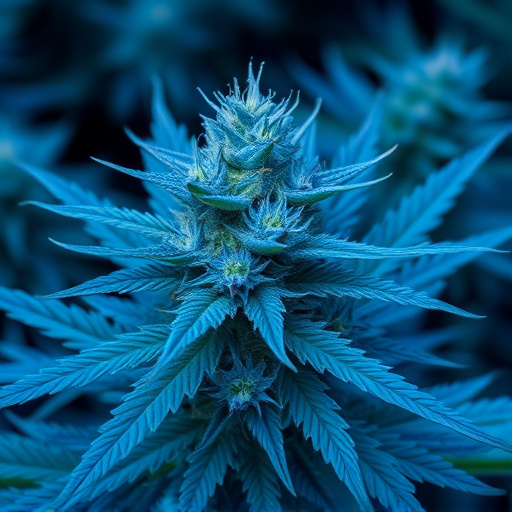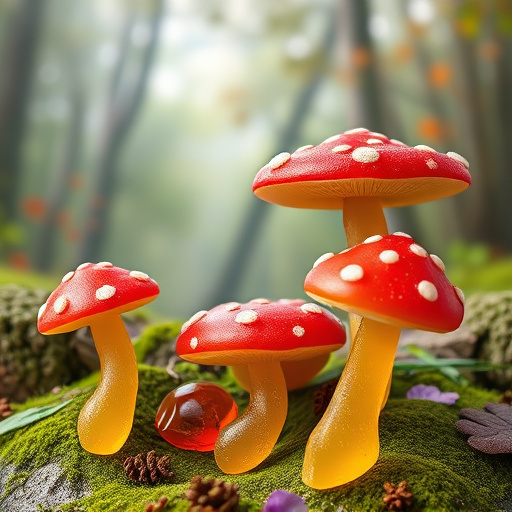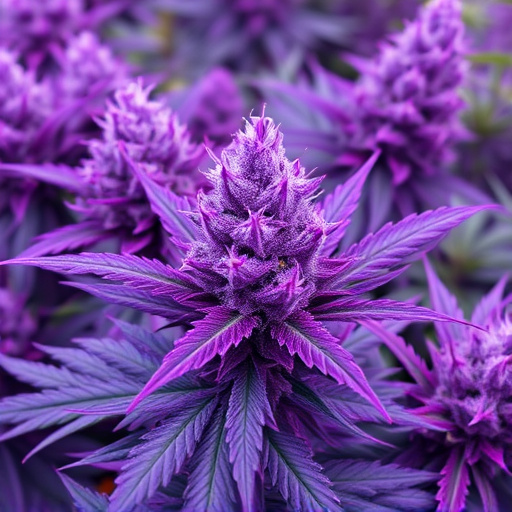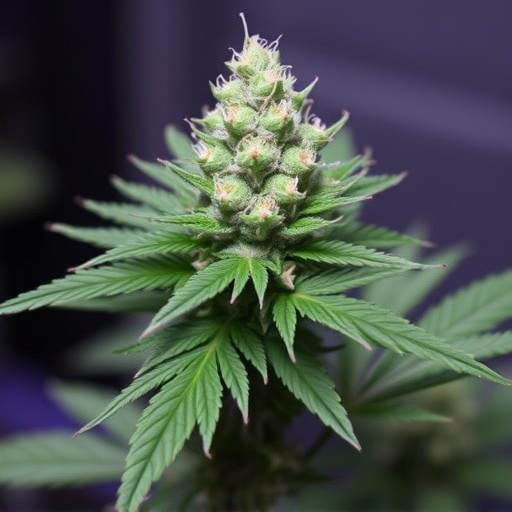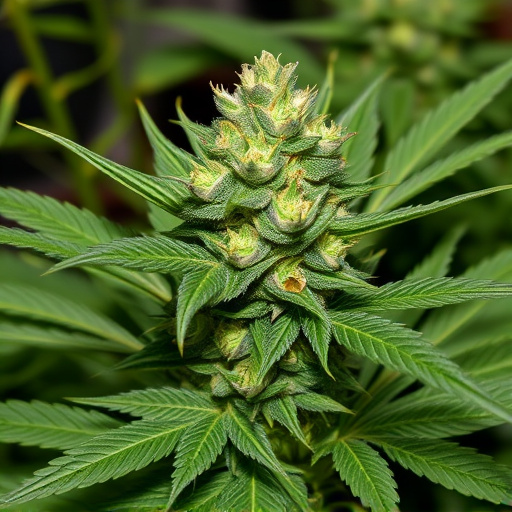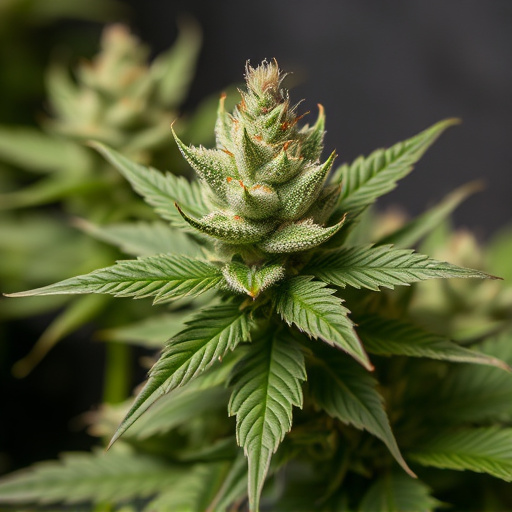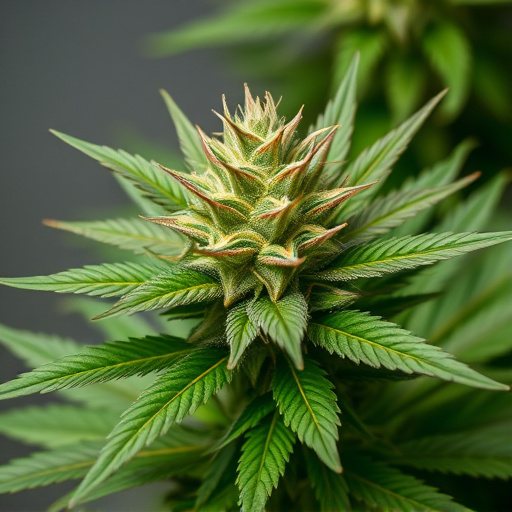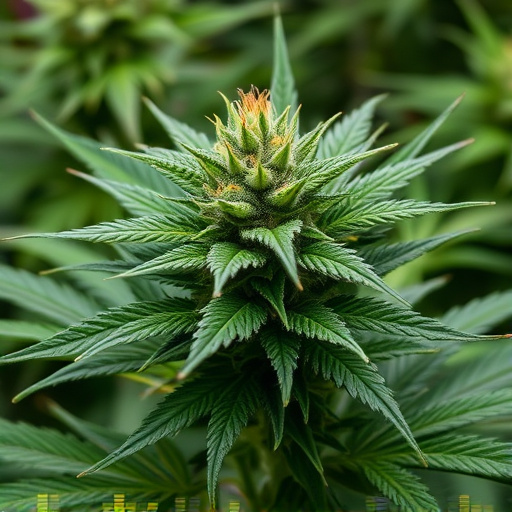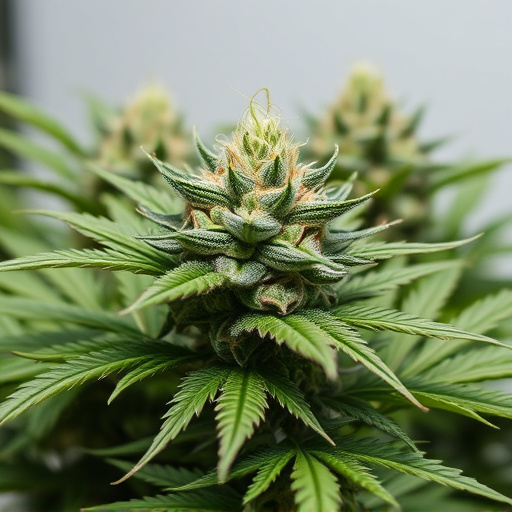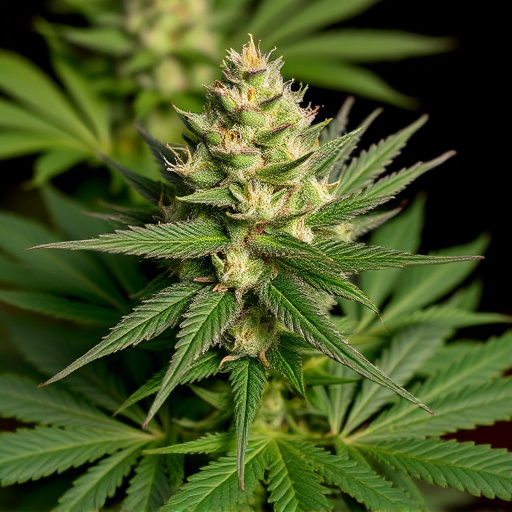The brain's reward system, heavily influenced by dopamine, drives eating habits, especially during stress or relaxation. Cannabis consumption interacts with the endocannabinoid system (ECS), which regulates mood and appetite. Good indica strains, known for their calming effects and high THC content, stimulate dopamine release and alter eating preferences, leading to increased hunger and comfort food cravings. Strains like Granddaddy Purple, Blue Dream, and Girl Scout Cookies are effective in reducing anxiety and promoting caloric intake. However, individual responses vary, emphasizing the importance of responsible consumption and healthcare professional consultation for medical cannabis use.
“Ever wondered why we crave snacks when we’re relaxed or stressed? This phenomenon, commonly known as ‘munchies,’ is a fascinating interplay between science and our bodies’ endocannabinoid system. Unraveling this process involves understanding dopamine’s role in pleasure and reward. Additionally, specific cannabis strains, notably good indica varieties, are renowned for their appetite-stimulating properties.
This article explores these factors, delving into the science behind the munchies, from biological mechanisms to the influence of different cannabis strains.”
- The Role of Dopamine and the Endocannabinoid System
- Good Indica Strains and Their Effects on Appetite
- Understanding Hunger Cues: Beyond the Munchies
The Role of Dopamine and the Endocannabinoid System

The brain’s reward system plays a significant role in triggering the desire to eat, especially when we’re stressed or relaxed. This is where dopamine, our ‘feel-good’ neurotransmitter, steps into the spotlight. When we indulge in a tasty treat or experience pleasure, dopamine is released, reinforcing the behavior and making us want more. In the context of cannabis consumption, this process is intricately linked to the endocannabinoid system (ECS), which helps regulate mood, memory, and appetite.
The ECS produces endocannabinoids, such as anandamide and 2-AG, that bind to receptors in our brain and body. Cannabis compounds, particularly those found in good indica strains, interact with these receptors, stimulating the release of dopamine and other neurotransmitters associated with pleasure and relaxation. This interaction can intensify the ‘munchies’ effect, making consumers crave food more intensely. Understanding this biological interplay offers insights into why cannabis consumption can lead to significant changes in eating habits and preferences.
Good Indica Strains and Their Effects on Appetite
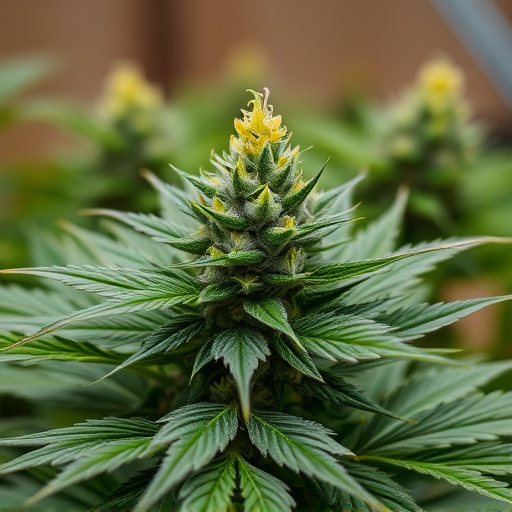
Indica, known for its calming and relaxing effects, can also be a powerful ally in stimulating appetite, especially for those experiencing “munchies.” Good indica strains often contain high levels of THC, the cannabinoid responsible for many of cannabis’ psychoactive effects. Strains like Granddaddy Purple, Blue Dream, and Girl Scout Cookies are renowned for their ability to enhance hunger. These strains can induce a soothing sensation, reducing anxiety and discomfort, which in turn encourages users to eat more. The sedative properties of indica can also lead to increased cravings, making it a popular choice for those looking to combat appetite loss or anorexia.
The effects of these good indica strains go beyond simply increasing hunger. They often evoke a desire for comfort foods, leading users to seek out rich, flavorful meals. This can be beneficial in situations where a boost in caloric intake is necessary, such as during recovery from illness or injury. However, it’s important to note that individual reactions to cannabis vary greatly, and what works for one person might not have the same effect on another. Always consume responsibly and consult with a healthcare professional if you’re considering using cannabis for medical purposes.
Understanding Hunger Cues: Beyond the Munchies
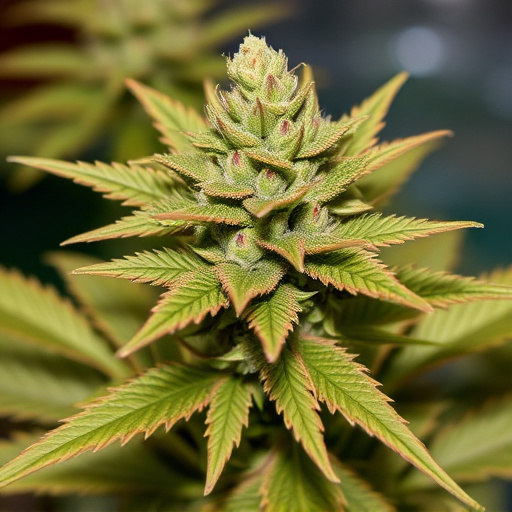
Understanding the cues that signal hunger is a complex process, and it goes beyond simply feeling the “munchies.” The brain plays a pivotal role in regulating appetite, and various factors influence when we feel hungry. Hormones like ghrelin and leptin are key players; ghrelin stimulates appetite while leptin signals satiety. These hormones respond to food intake and environmental cues, such as smell and sight, to control hunger.
In the context of cannabis consumption, particularly with good indica strains known for their relaxing and appetite-stimulating effects, these biological signals become more prominent. The active compounds in cannabis interact with our endocannabinoid system, which modulates various physiological processes, including eating behavior. This interaction can enhance or alter the body’s natural hunger cues, leading to increased food intake—a phenomenon often associated with the “munchies.”
In understanding the science behind the munchies, we’ve explored the intricate interplay of dopamine and the endocannabinoid system, revealing how these biological processes influence our appetite. Additionally, we’ve highlighted the role of specific good indica strains in stimulating appetite, offering valuable insights for those seeking to manage or enhance their eating habits. By deciphering hunger cues beyond the typical ‘munchies’, we can foster a more nuanced approach to nutrition and overall well-being.
